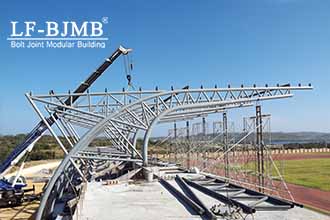The building structure mainly includes brick-concrete structures, brick-wood structures, reinforced concrete structures, steel structures, shear wall structures, frame structures, etc. The truss structure is classified in the category of steel structures because it primarily uses steel components. Truss structure can realize a wide range of space without columns, and the space formed in this way is better utilized than the space formed by a general frame structure, which can render a specific space atmosphere and play a special role in the building with specific needs. Due to the special members used in truss structure, the rods are more slender in general, which can be integrated into the architectural space to a greater extent, and can be better integrated with other members, such as walls and windows, to become an architectural whole.
With the application of new materials and the development of new technology, structural engineers and architects jointly conceive and perfect, and form a lot of new structures, which have been applied in a large number of buildings in the truss structure in the support of the building as a whole, the formation of architectural form and so on have a great role, especially in the creation of architectural spacecano create for the architectural designer and the user are very fond of the large space to.
A truss is a structure consisting of rods connected with hinges at both ends. Truss is a plane or space structure composed of straight rods, generally with triangular units. Truss rods are mainly subject to axial tension or pressure, which can make full use of the strength of the material, and can save material, reduce weight, and increase stiffness than solid web beams when the span is large. There are some advantages of applying this structure to buildings. The triangular units are more stable and can easily form a large space. Generally speaking, the role of joists is equivalent to beams and columns in a frame structure. Still, the difference is that it removes the parts that are not useful in the force transmission process, so that the force is transmitted to the ground along the diagonal rods one by one. Thus, the formed joist columns or beams can maximize the use of steel through the established force transmission paths. In other words, a joist is equivalent to a beam with a large span and a high cross-section, but a structure consisting of triangular member units, such as a joist, is designed for reasons of stability, economy, and aesthetics.
The stress parts of trusses are generally located at the nodes, so the connections between trusses and trusses and between trusses and other structures are generally at the nodes of trusses, so that the force can be transmitted to the foundation through the rods to form a solid structure.
Through our daily observation, we can see that many stadiums, especially those with certain span and height requirements, use truss structures. Usually, these trusses are arranged in parallel under the roof, and through the nodes, they are connected to the structural columns deep in the ground, which can support the large-span roof without the need to support other structures in the center of the stadium. This is also similar to the construction of bridges, where large span bridges, such as sea and river bridges, are often constructed with trusses to minimize the use of piers (columns) to meet construction requirements, and at the same time increase the span between the necessary columns to leave enough space underneath the bridge for other uses.



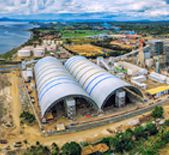
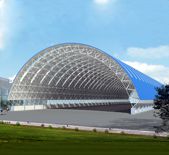
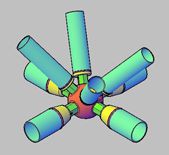
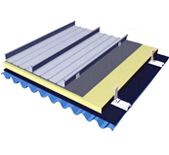
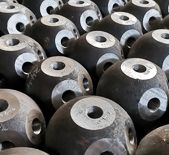



 About Us
About Us 2025-07-21
2025-07-21